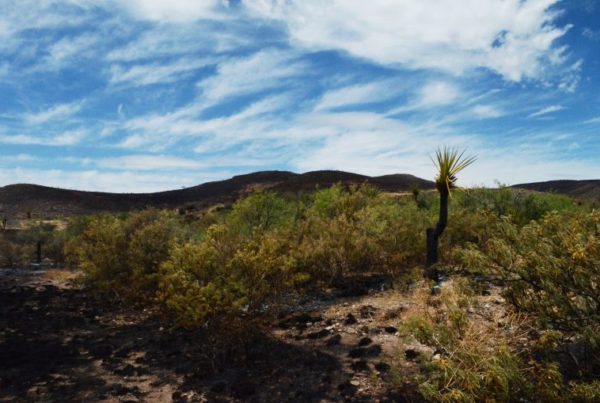Tornadoes have an unmistakable sound – but scientists are learning that the tornado also makes other sounds that you can’t hear. That’s what has seized the interest of Brian Elbing, because those inaudible sounds could save lives.
Elbing is a professor of mechanical and aerospace engineering at Oklahoma State University. He’s working on a system to predict where and when tornadoes strike by recording sounds that human ears can’t detect – what Elbing calls the storm’s unique acoustic signature.
“We record them using three microphones,” he says. “They’ve been specially designed to be more sensitive to lower frequencies.”
Now Elbing says the challenge is interpreting that acoustic signature.
“We are processing the signals that are being received to determine where the sound is coming from,” he says. “And ultimately, the longterm goal is to listen to these tornadoes to the point where we can deduce what is going on in the tornado.”
Elbing says the sound starts being emitted before the tornado fully develops – and it could help researchers determine where the tornado will strike and how destructive it might be.
“Last year, May 11, we measured a tornado in Perkins, Oklahoma that was about 12 miles from our array,” he says. “We picked up the signal 10 minutes before it touched down, and from the sound we made an estimate of how large that tornado was.”
Their estimate turned out to be exactly right. That could become a valuable insight in an area that needs more precision.
“If you look at tornado warnings, the biggest problem we have right now is the fact that 75 percent of the time that a tornado warning is issued, no tornado forms,” he says.
Using the sound emitted before the tornado could be a game-changer, though, because researchers could send drones to an area well before the storm develops and measure its size.
Elbing says that within the next five years, they should build up enough observations to make highly accurate tornado predictions.
Written by Jen Rice.















